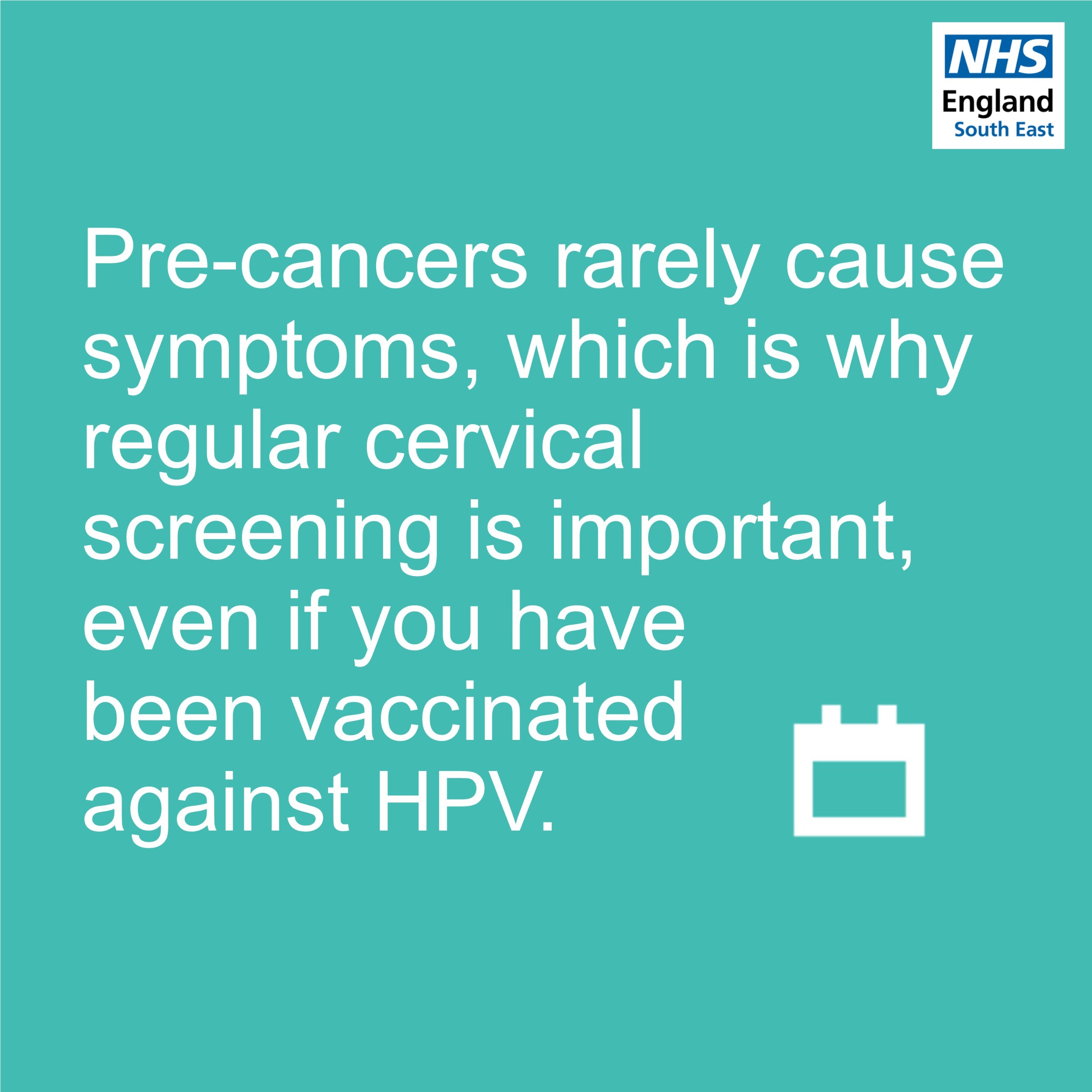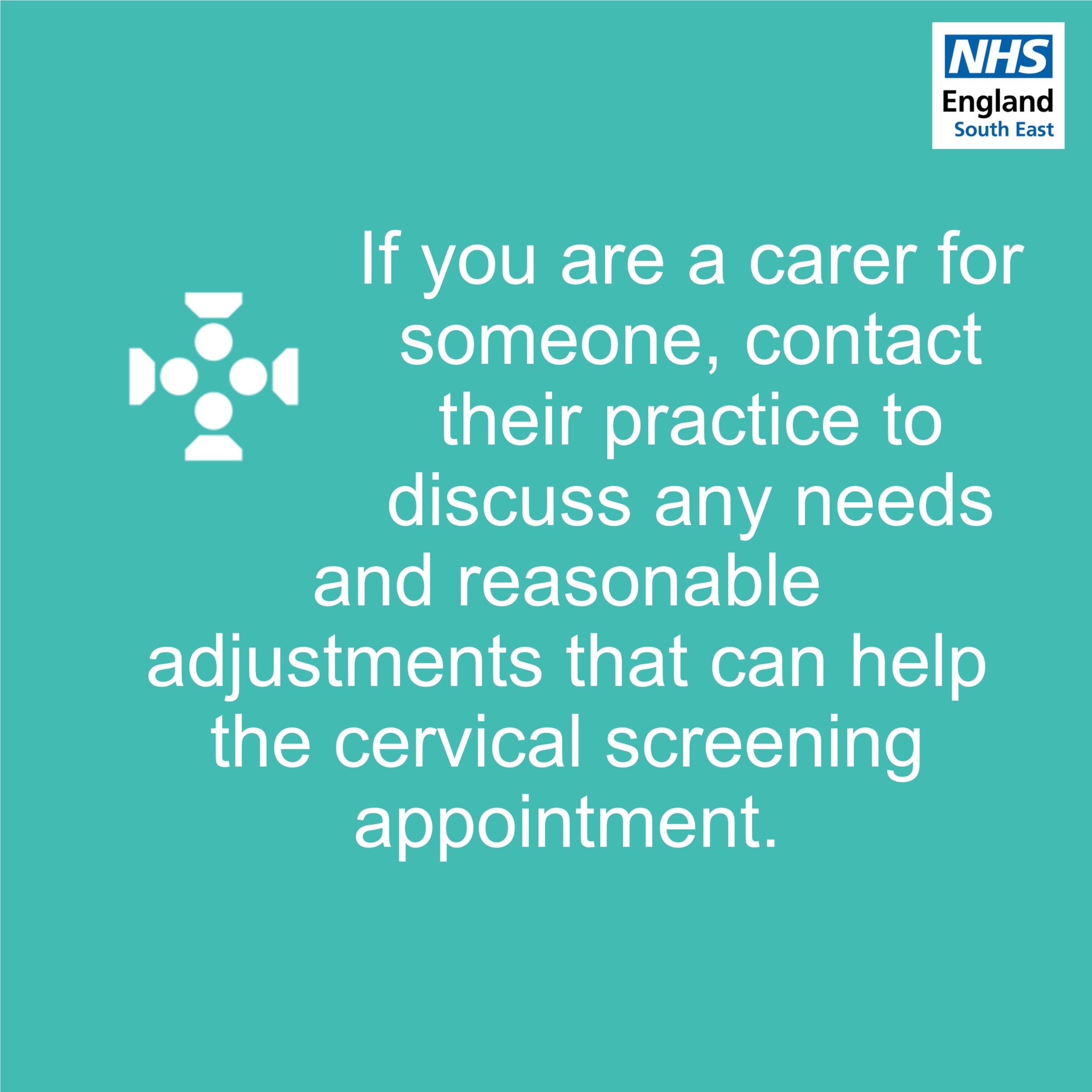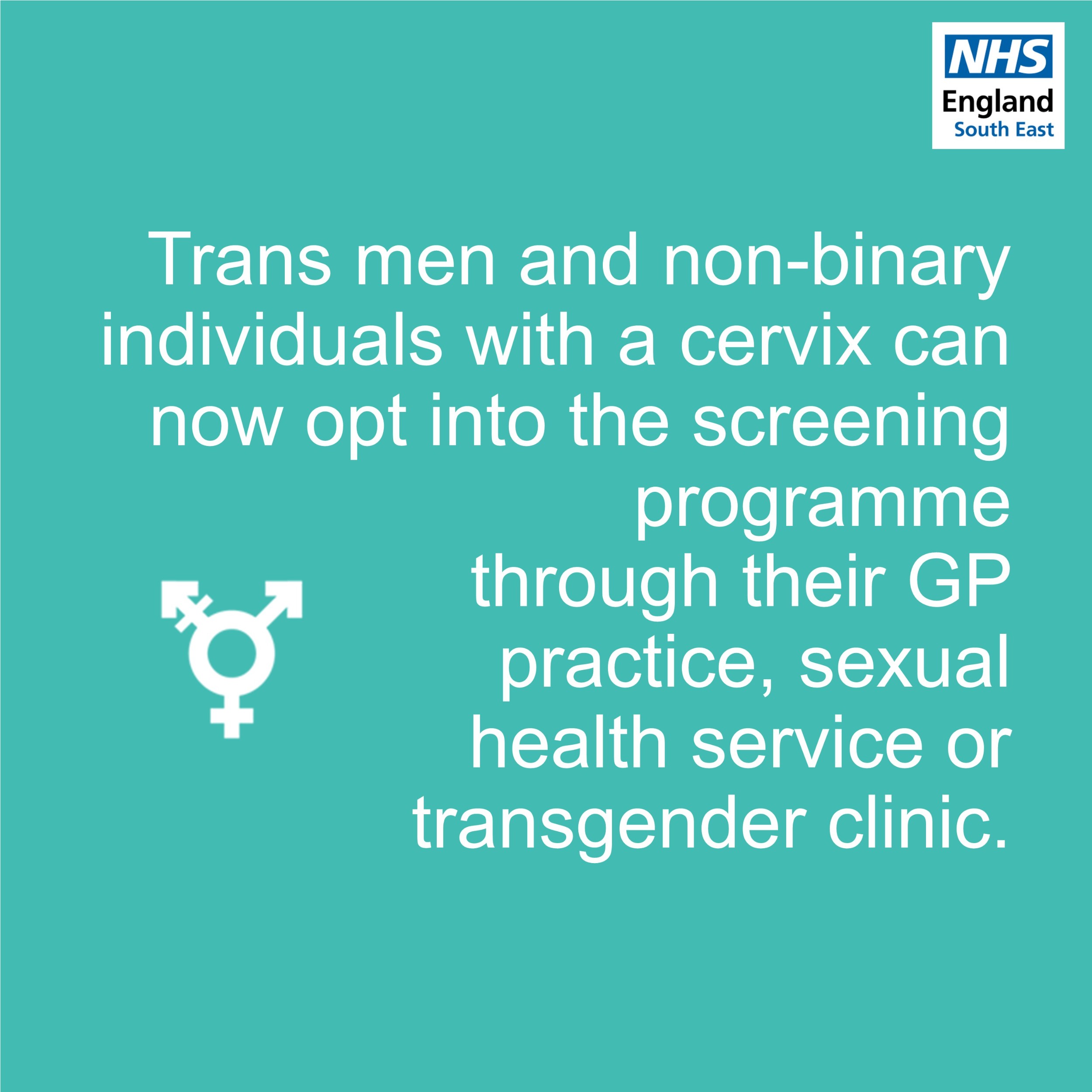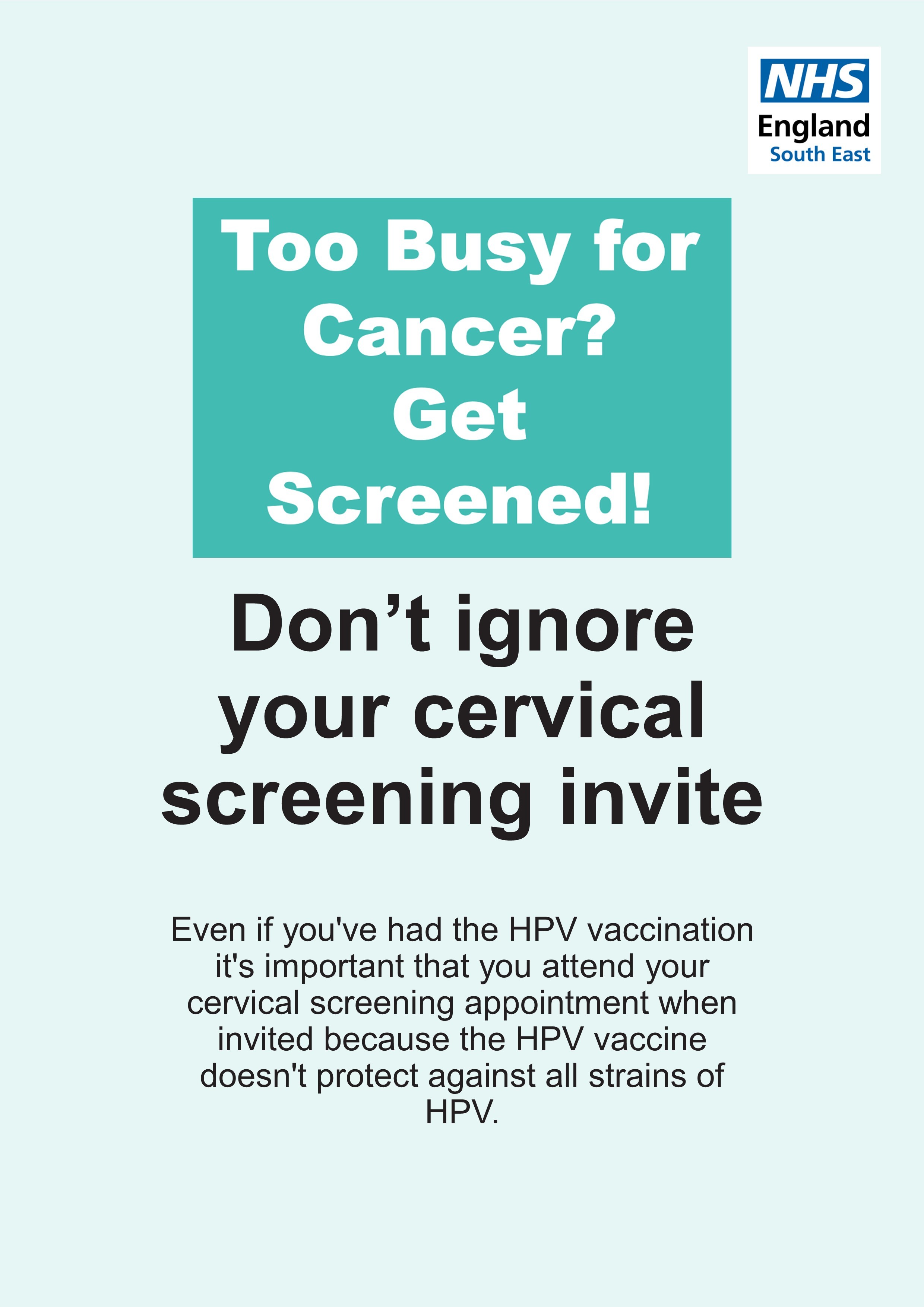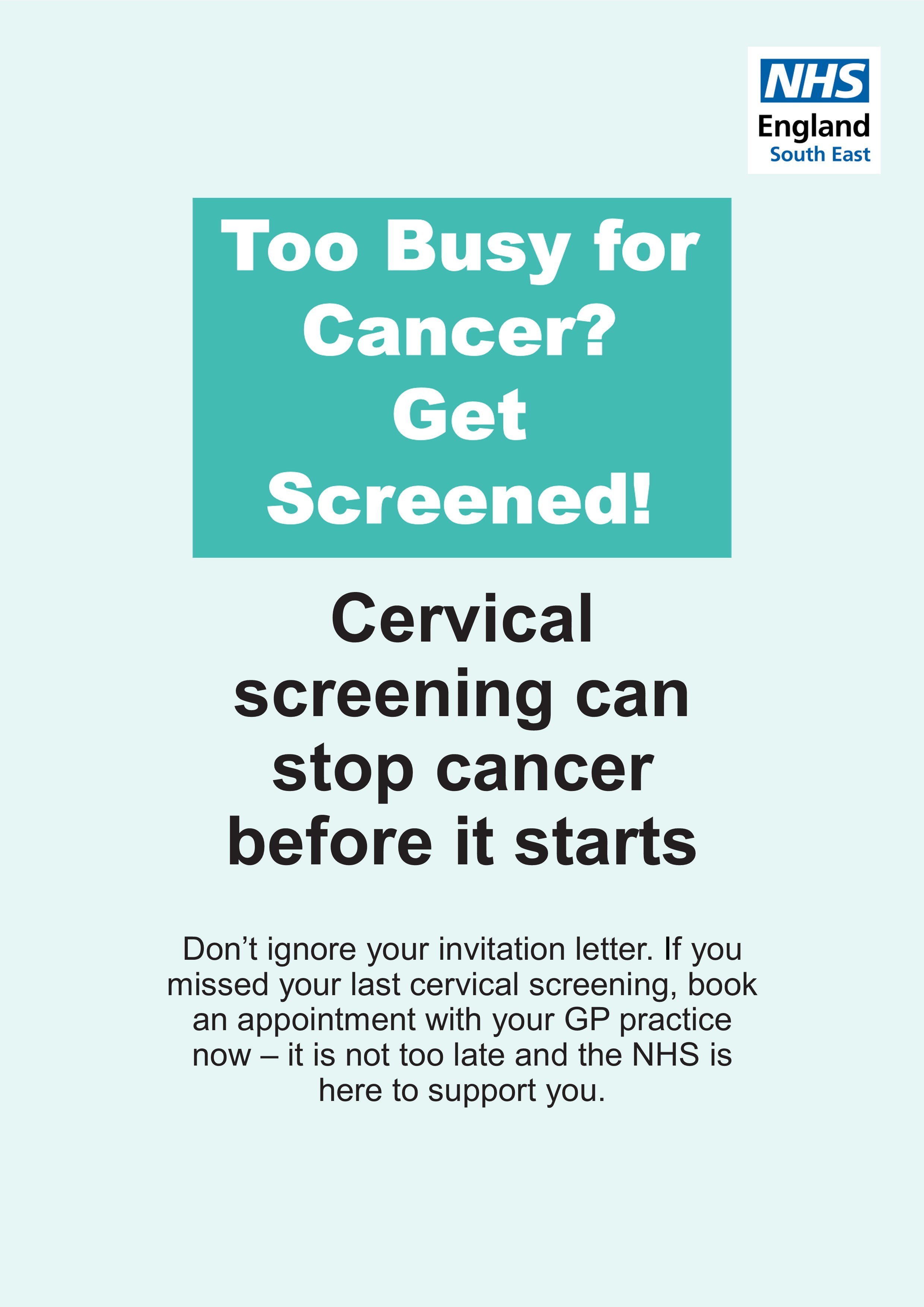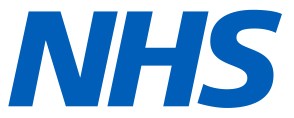What is cervical screening, who is responsible for delivery and who is eligible
cervical screening, who is responsible for delivery and who is eligible
Cervical screening (formerly known as the smear test) is offered to those with a cervix aged 25-64 and checks for certain types of human papillomavirus (HPV) that could develop into cancer, if left untreated.
Invitations are managed by the national NHS Cervical Screening Administration Service (CSAS) Eligible patients will receive a letter in the post inviting them to make an appointment with their GP practice. Most cervical screening is done in a GP surgery by a female nurse or doctor.
If anyone aged 25-64 realises they have missed their cervical screening, they do not need to wait for a letter to make an appointment. General practices should check on the Cervical 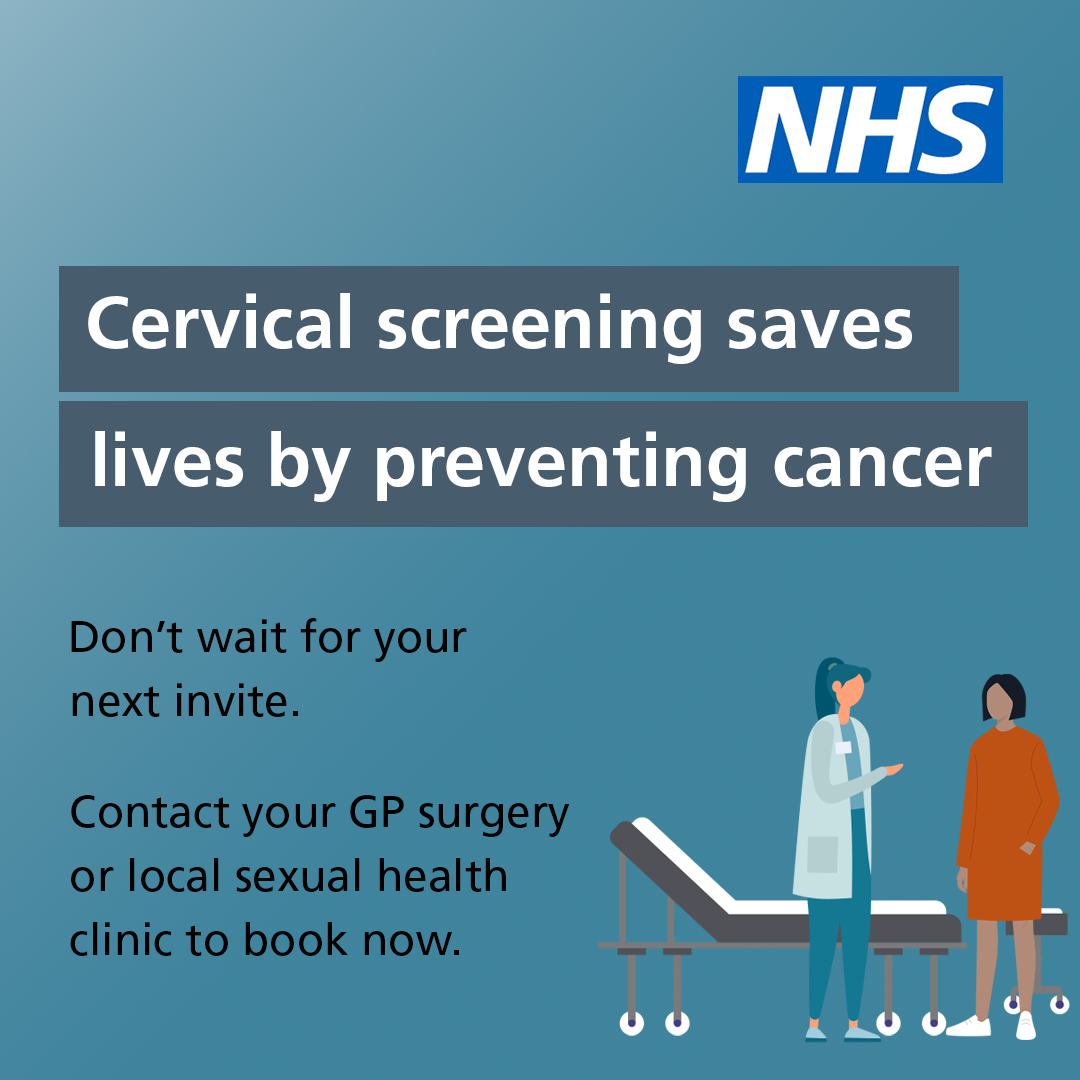 Screening Management System that the individual is due for screening and book in for a screening appointment as appropriate.
Screening Management System that the individual is due for screening and book in for a screening appointment as appropriate.
If a patient aged 65 or older comes forward and has never had a cervical screening test or has not had one since the age of 50, they should be booked in for a cervical screening appointment.
Frequency of cervical screening invitations
The frequency of cervical screening invites depends on age:
| Age | Frequency of invites |
|---|---|
| Under 25 | Up to 6 months before you turn 25 |
| 25 to 49 | Every five years, if tested negative for HPV (from 1 July 2025) |
| 50 to 64 | Every five years |
| 65 or older | Only if a recent test was abnormal |
Cervical screening results on the NHS App
From September 2025, the NHS Cervical Screening Programme will start sending results digitally via the NHS App. Patients with negative results will receive an app message and notification.
If the message is unread within 72 hours, a letter will be sent to the patient. Abnormal results will continue to be delivered by post.
Actions for cervical screening providers:
- From immediate effect, sample takers should inform patients attending cervical screening that from September their results may be delivered via the NHS App.
- Encourage patients to download the NHS app and enable notifications.
Cervical screening awareness campaigns
Every year, there are two national awareness events to encourage uptake of cervical screening - Cervical Cancer Prevention Week in January and Cervical Screening Awareness Week in June. Visit our events calendar to find resources such as posters and leaflets for patient waiting rooms and community settings to support the awareness events. We upload awareness materials a few weeks before the event dates.
encourage uptake of cervical screening - Cervical Cancer Prevention Week in January and Cervical Screening Awareness Week in June. Visit our events calendar to find resources such as posters and leaflets for patient waiting rooms and community settings to support the awareness events. We upload awareness materials a few weeks before the event dates.
Awareness events for 2025:

![]() Cervical Cancer Prevention Awareness Week, 20-26 January
Cervical Cancer Prevention Awareness Week, 20-26 January
![]() Cervical Screening Awareness Week, 16-22 June
Cervical Screening Awareness Week, 16-22 June
New resources for Cervical Screening Awareness Week
NHSE South East's Surrey & Sussex Screening & Immunisation Team has created a new suite of resources to enable partners to support Cervical Screening Awareness Week, 16-22 June, and beyond.
The social media assets and posters encourage uptake to the cervical screening programme, bust myths and provide practical information on how to book an appointment.
Here is a selection of the resources below. Click on the images to download. You can find the full suite of resources on NHS Futures here: Cervical Screening Awareness

